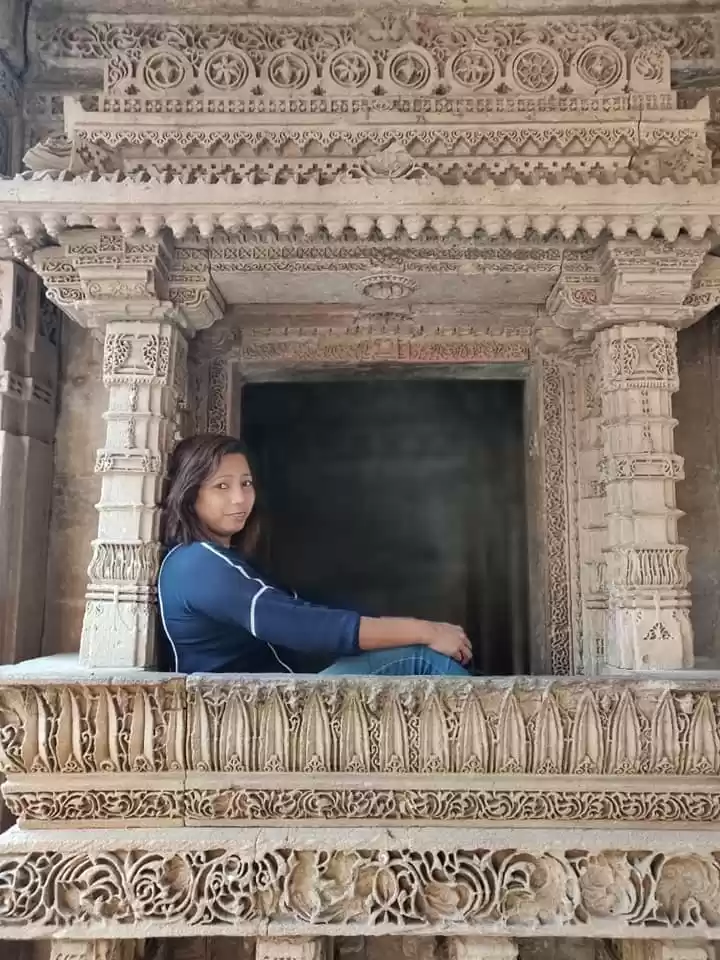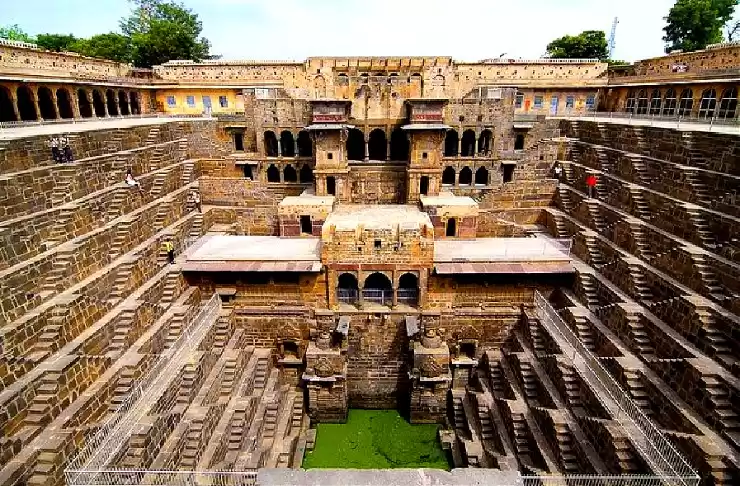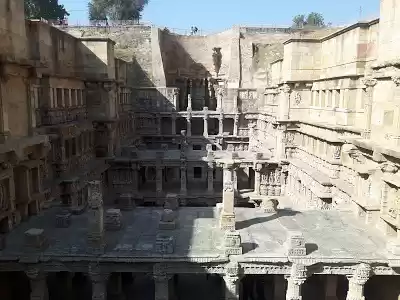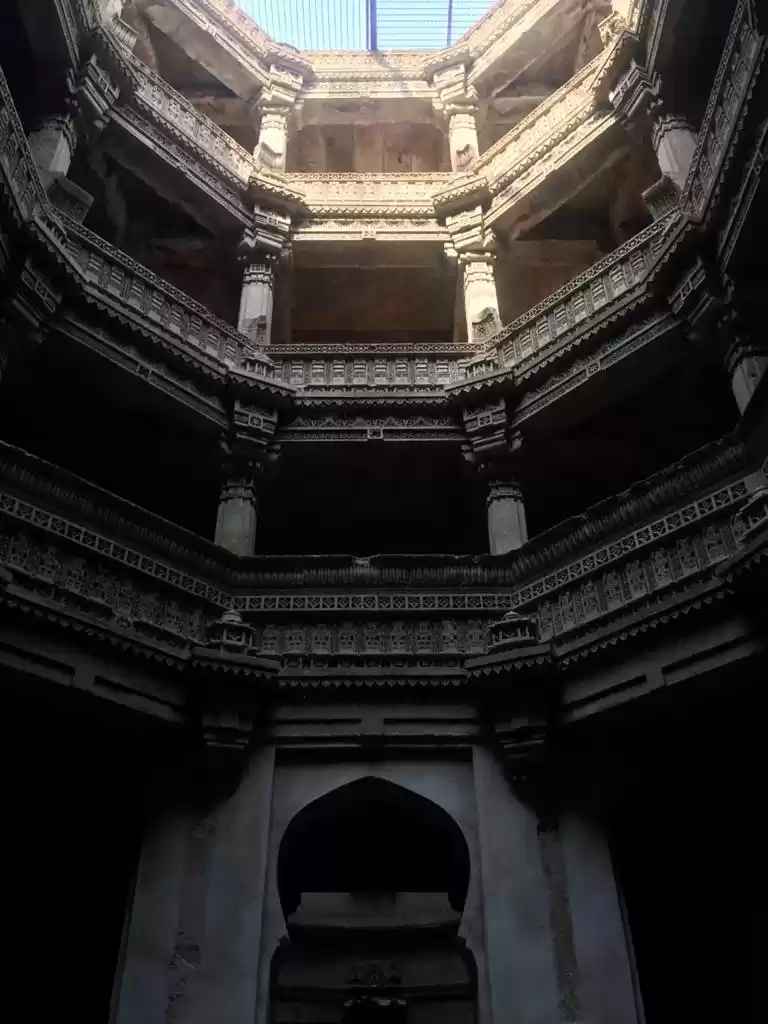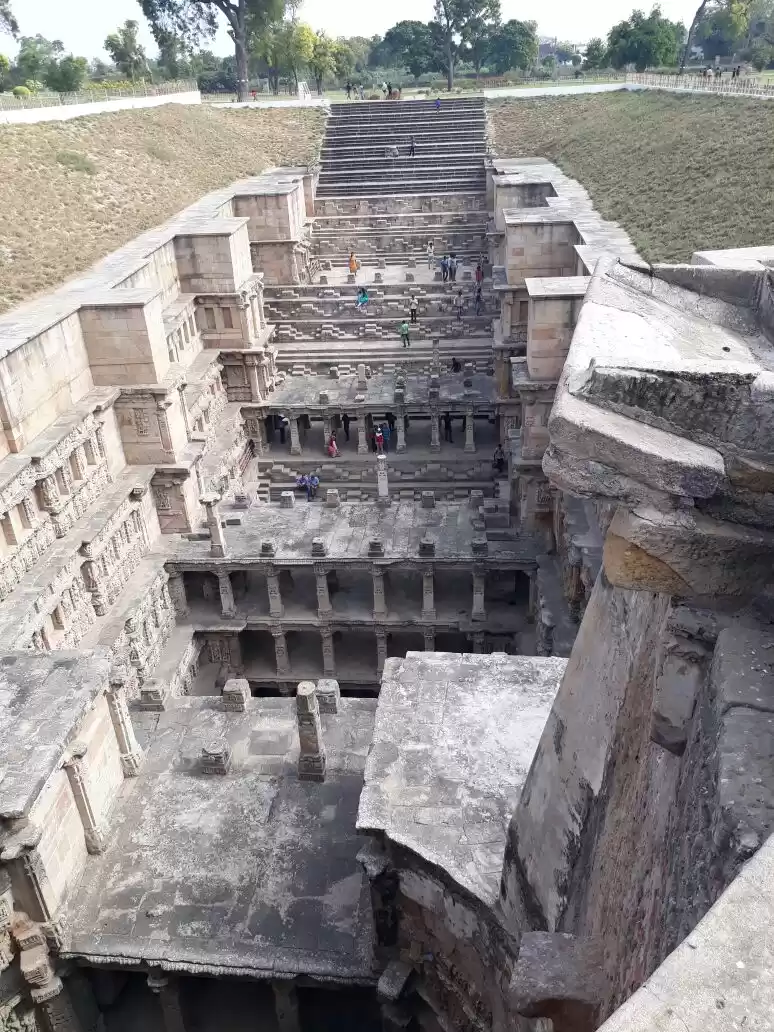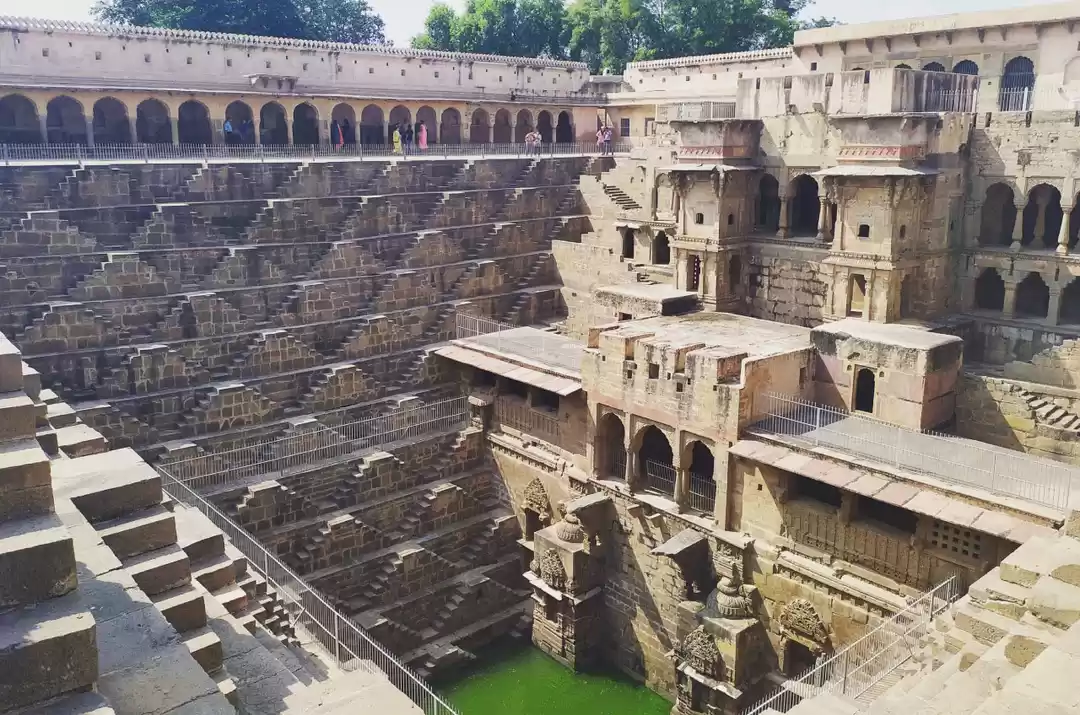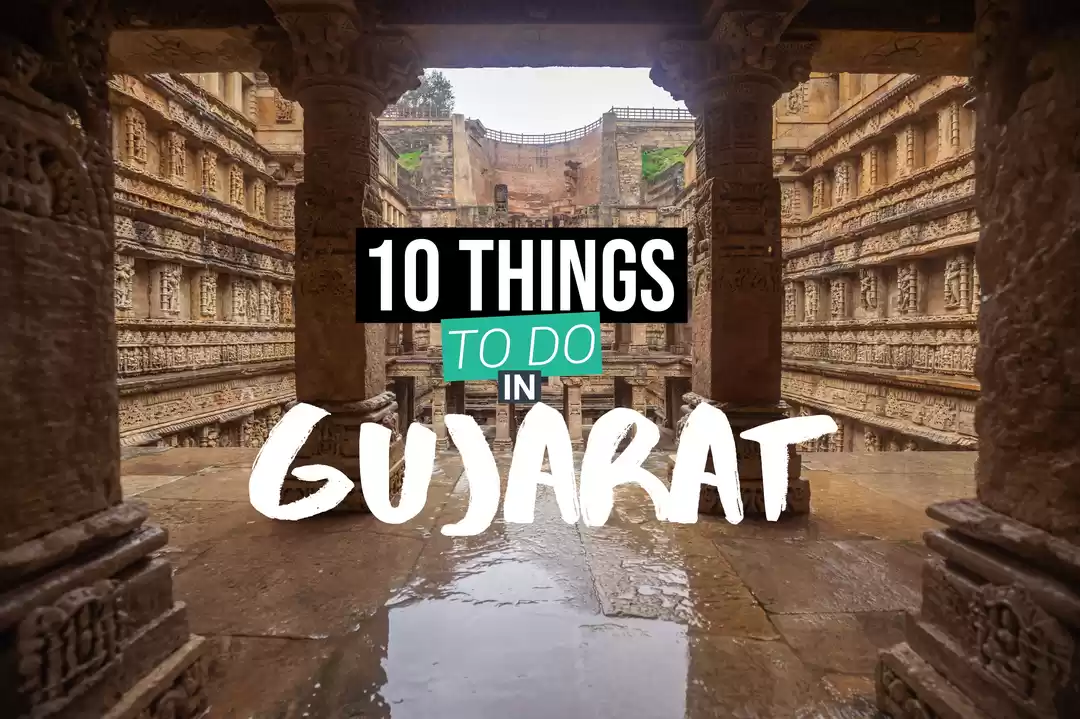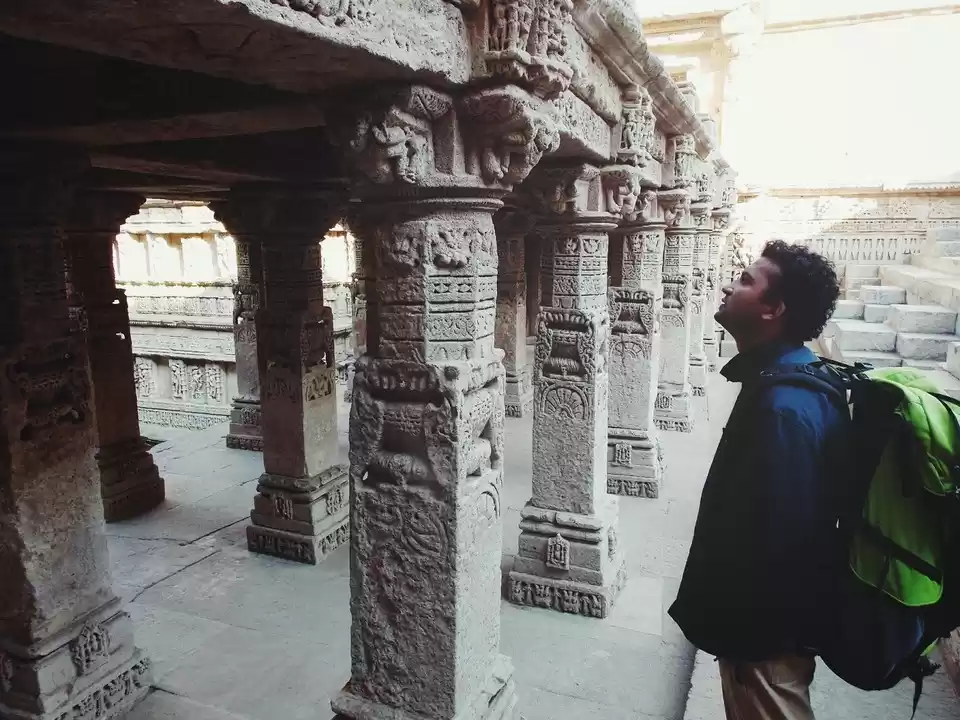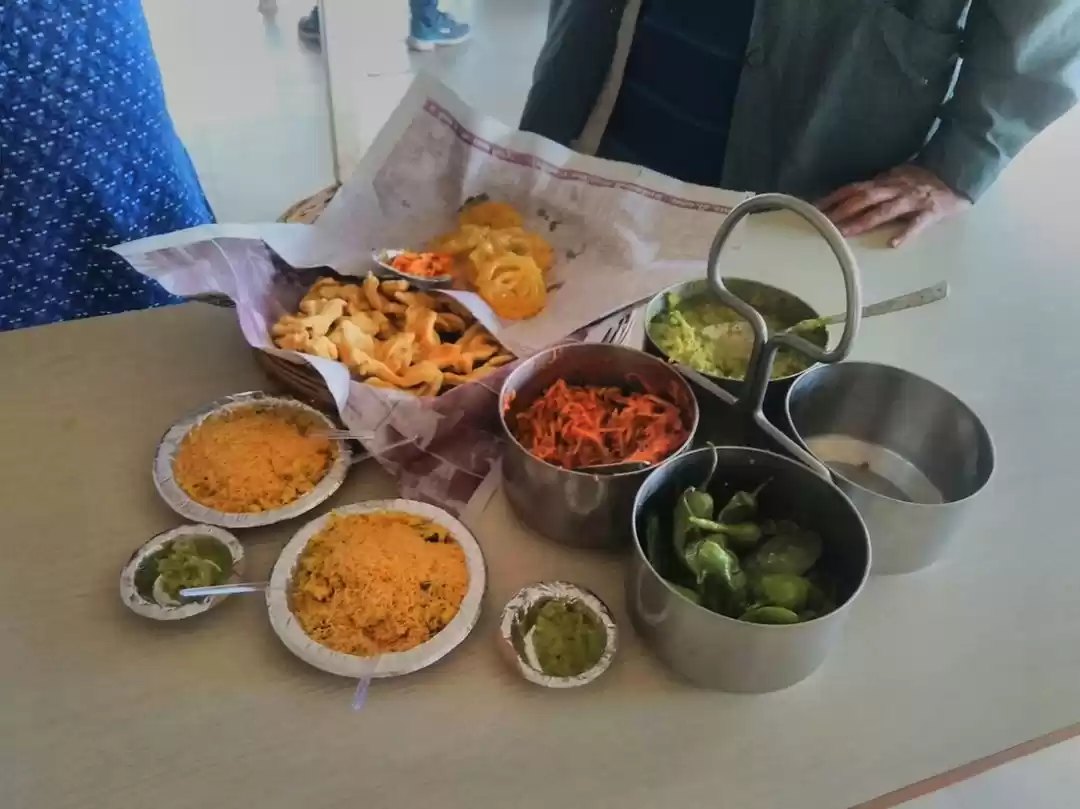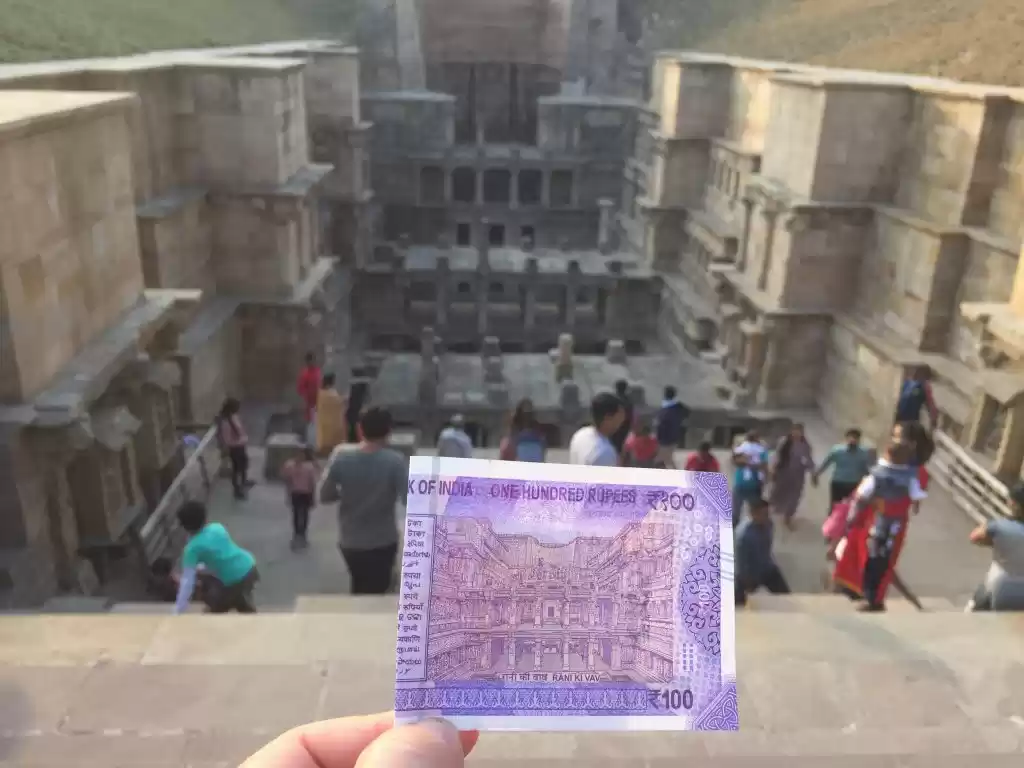Step-wells are deep wells where water is reached by descending a set of steps.
Due to long dry summer and very little rain, water levels drop in regions like Rajasthan & Gujarat.
Step-wells over the centuries evolved to reach extremely low water levels and for other water-related requirements. Due to their architecture, they even acted as ancient air conditioners.
These might have started as water reservoirs but with time these step-wells became sanctuaries for praying, daily rituals, and a place for community get-togethers.
They are a perfect example of irrigation and water storage systems developed in India to cope with fluctuating water levels.
Here is a list of the ones I have been to.
1. Rani Ki Vav - Gujarat
This 11th-century stepwell is the latest addition to the UNESCO world heritage sites list. This Queen's stepwell is definitely Queen of all step wells in the world.
This 7 level stepwell is an example of Ancient India's finest design and architecture.

It is built on the bank of river Saraswati and situated in Patan in Gujarat.
Since the Saraswati river has completely dried up now, there is no water in the Vaav during most months except monsoon.

2. Chand Bawdi - Rajasthan
Chand Bawdi (Bawdi means stepwell in local language) is 1000 years old stepwell in Abhaneri village 100 km from Jaipur.
It has around 3500 narrow steps and was once a main source of water to the nearby villages.

This Bawdi is 100 feet deep and is one of India's largest and deepest step-wells.
On one side of the bawdi is an enclosed courtyard where people can sit and enjoy the views while the other three sides have narrow steps arranged in perfect symmetry to reach to water level.

A beautiful temple of Harsha Matta is just a few feet away from the stepwell which was destroyed by Momamadh Gazhnavi and in ruins now.

This step-well has even featured in movies like Bhool Bhulaya, Paheli, and also in Hollywood movies, The Dark Knight rises & The fall.
Tip - If you are in Jaipur, then you can visit Chand Bawdi and Bhangard fort in a day trip.
3. Hampi Pushkaranis - Karnataka
Built during the glorious Vijayanagar Empire, Hampi step-wells ( Pushkaranis ) are sacred water tanks attached to the main temples.

These Pushkaranis were used to perform temple related rituals and hence are treated with respect even today.

4. Adalaj Stepwell - Gujurat
This five-story deep Stepwell was built by Queen Rudadevi in memory of her late husband in 1498.
Due to the severe water scarcity in this region, Rana Veer Singh started the construction of this vav. Unfortunately, he was killed in a war against Muslim king Mahmud Begada.
Begada later proposed marriage to Veer Singh's widow. She agreed on a condition that the construction of this Vav should be completed before the marriage. She wanted to serve her people and respect her husband's last wish.


Mahmud Begada kept his promise and completed the vav. Legends say that when the vav was ready, the queen jumped in the well and killed herself.
You can clearly see a glimpse of Hindu as well as Muslim architecture.
The vav has 3 entrances and temperature at the center is 5-6 degrees lower than the outside temperature.

Tip - If you are visiting Ahmedabad or Gandhinagar, please add it to your itinerary.
5. Modhera StepWell - Gujurat
As part of Modera sun temple, this Stepwell (Kunda) which has 108 small and medium-sized temples on all 4 sides. In earlier times it was used to take a dip before entering the temple.

One side of the Kunda gives direct entry to the temple. Kunda is home to many turtles now. One of the main temples here is of Sitladevi Mata temple (Goddess to cure smallpox )

6. Toorji ka Jalra - Rajasthan
Beautiful step-well in the heart of Jodhpur city was built in the 18th century by the Queen of Mewad. This step-well is carved of Jodhpur's famous rose-red stone and is 200 feet deep.
Till recently it was covered in debris and has been cleaned and is maintained well now.

Tip - If you are visiting Jodhpur, please add this to your list. It is in the main market and easily accessible from most tourist spots.
















